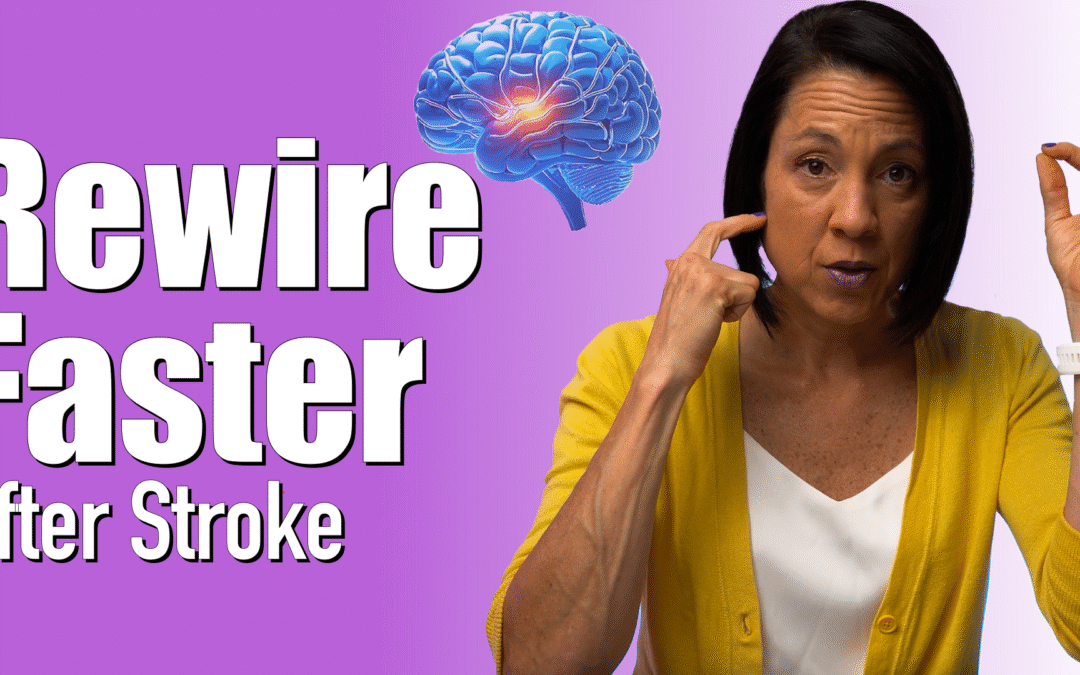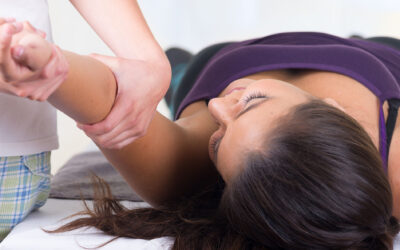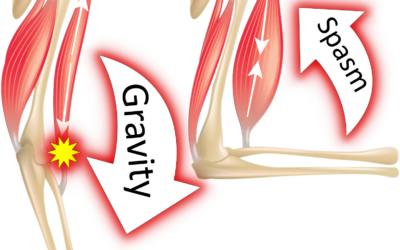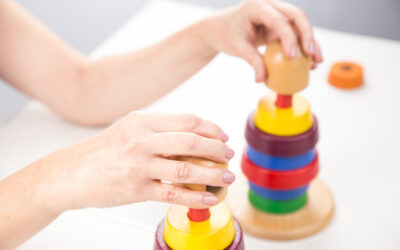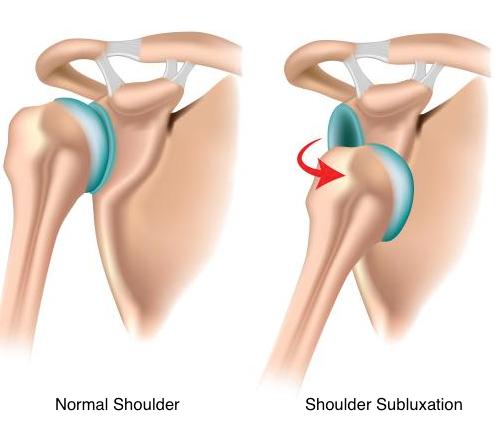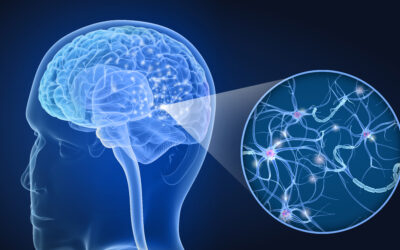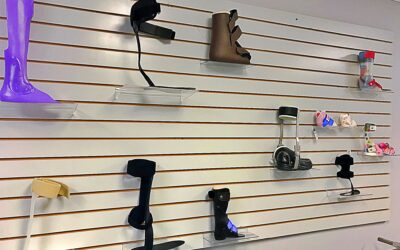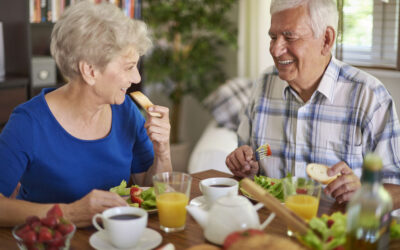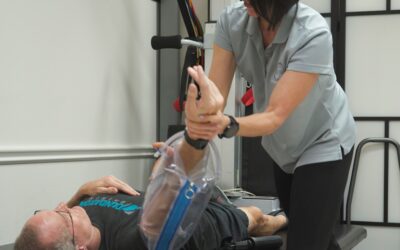Want to Rewire Your Brain Faster After Stroke? Try These 3 Habits
If you’ve been on this neuro-recovery journey, you know it can feel like progress is slow. You do your exercises, you follow instructions, but sometimes your brain seems… stubborn. I get it. I’ve seen it in hundreds of patients over 22 years. And here’s what I’ve learned: your brain responds best when you challenge it in new ways.
I want to share three brain habits that I’ve seen make a real difference. Habits that go beyond the usual exercises and can actually help your brain rewire faster. These aren’t just theory. I’ve used them in therapy sessions and at home programs with real patients, and the results are encouraging.
Habit #1 Novel Movement Challenges: Wake Your Brain Up
Your brain loves novelty. When you throw something new at it, it wakes up, pays attention, and gets primed to rewire.
Some of my favorite “novel movements” to incorporate:
- Walking backwards in a hallway (safely!)
- Walking on an unfamiliar or slightly uneven surface (safely, of course)
- Doing exercises that cross midline, this means reaching across your body:
- March and tap your opposite hand to your knee
- Stand still in a corner and reach for objects across your body
- Tap your foot across midline
Crossing midline is a game-changer. The first time I get a patient reaching across their body, it’s like a switch flips their brain just lights up in a whole new way.
Why does this work? Because repetitive and predictable exercises can make the brain go into “autopilot.” But when something feels unexpected, that’s when brain reorganization, the rewiring we want really happens.
Habit #2 Music and Rhythmic Movement: Let the Beat Guide You
If you’ve ever noticed it’s easier to move to music, you’re not imagining things. The motor areas of your brain (movement) and the auditory areas (hearing) are neighbors, and when they sync up, your movement quality improves.
One simple way to try this is to download a metronome app and clap, march, or step to the beat. Or make it fun by putting on your favorite song and walking or tapping along.
I’ve used this with patients who have Parkinson’s disease, but I’ve also seen it help stroke survivors and people with MS. There’s research to back this up too. Studies show that pairing rhythm with movement can improve motor function after neurologic injuries.
Habit #3 Visualization: Train Your Brain Even When You Can’t Move
If you’ve ever thought, “I can’t move my arm, so what’s the point?”, think again. Visualization, or mental practice, is a powerful tool in neuro-rehab.
Simply imagining movement activates the same motor areas in your brain as physically moving the limb. Functional MRI studies show that when you visualize your arm lifting or your leg stepping, the motor areas of your brain light up even if your body isn’t moving yet.
It doesn’t replace real movement, but it enhances it. Here’s how you can use it:
- Sit quietly and picture your arm or leg moving normally (walking, reaching, or picking up a cup)
- If your therapist or caregiver is moving your arm, don’t just sit there. Watch your arm and imagine yourself doing it
- Caregivers: guide the person’s attention to the moving limb it’s prime time for brain activation
Final Thoughts
Recovery isn’t only about grinding through exercises, it’s about engaging your brain in the right ways. By adding novelty, rhythm, and visualization into your daily routine, you can help your brain rewire faster and more effectively.
Here’s what I want you to remember:
Recovery is possible. Your brain is capable of more than you think. And sometimes, the little things, like walking backwards, moving to music, or picturing your arm reaching can make the biggest difference.
Try adding one habit today: maybe walk backwards safely in your living room, clap along to a song, or visualize moving your affected limb while resting. Small consistent steps make a huge difference over time.
I’d love to hear from you. Do you already use any of these habits in your recovery? Have you noticed changes when you move to music, or when you picture yourself moving? Share your experiences with us. I learn from you as much as you learn from me, and your story might help someone else take their recovery to the next level.
If you want more structured exercises, guided routines, and research-backed strategies, check out our membership plans. You get 24/7 access to curated home exercises, videos, and support to help you take full ownership of your recovery.
Articles you may be interested in
Best Method for Stretching Spastic Muscles
Stretching spastic muscles is critical after a stroke. Spasticity is a movement disorder that causes an involuntary muscle contraction in response to lengthening. This occurs if there has been damage to the brain or spinal cord. This can make movement retraining and...
What is spasticity?
Spasticity is an involuntary muscle contraction caused by a hyperexcitability of the reflex arc that occurs due to damage to the brain or the spinal cord. Huh?? Yeah, agreed. Ok, I get it, keep it simple. Did you ever wonder why your leg seems to spaz out for no...
Does Mirror Therapy Improve Arm Function?
Mirror therapy (MT) is one of several effective treatments used to regain arm movement after a stroke. Mirror Therapy Background MT was originally designed to treat phantom limb pain with amputees. The way it worked was that it gave the person the sensation that they...
Mental Practice Helps Movement Recovery after a Stroke
Mental practice is a way of relearning movement (motor functions) by creating an image in your mind of the body performing that movement without the body actually moving. This method of enhancing performance and/or improving a motor skill has been used for decades in...
The Best Treatment for Shoulder Subluxation
A shoulder subluxation is a result of severe shoulder instability after a stroke. This can cause pain and have a negative impact on regaining active shoulder movement. What is a stroke shoulder subluxation? A shoulder subluxation is when the arm bone (humerus)...
What is Neuroplasticity?
Neuroplasticity is the brain's ability to form new connections (rewire) after a brain injury or a stroke. Recovery of motor (movement) function after a stroke involves relearning motor skills using this idea of neuroplasticity. Furthermore, this idea of brain...
Best Foot Drop Braces
Drop foot is when the muscles that lift the foot are not working properly. Hence, leading to the name, drop foot or foot drop. Needless, to say this can lead to difficulty walking. When I think of someone who has drop foot, my number one concern is the risk of...
Best Tools for Eating after Stroke
Being able to eat and prepare food without help after a stroke can help someone both physically and mentally. That being said, this might be challenging if you only have full use of one hand. Here are my top four picks that might help someone to start the process of...
What is Stroke Rehabilitation?
Most likely you or someone you know will require stroke rehabilitation in their lifetime. The fact is, 700,000 people suffer a stroke each year (in the US) and two-thirds will survive. Of those who survive, post-stroke rehabilitation is critical. What is Post-Stroke...
Stroke Walking Aide: Product Guide
Re-learning how to walk after a stroke can be challenging. And finding the best walking aid can be one of the most critical decisions when it comes to regaining your independence. But with so many different options on the market, how do you choose? Well, you are in...

